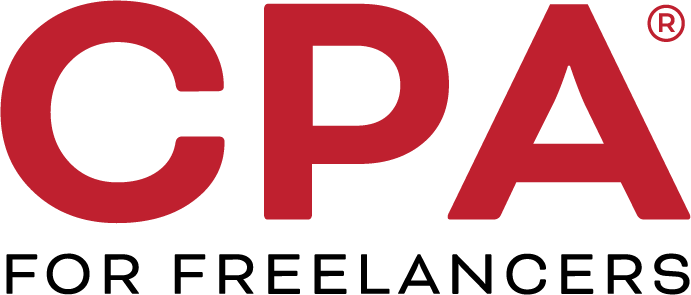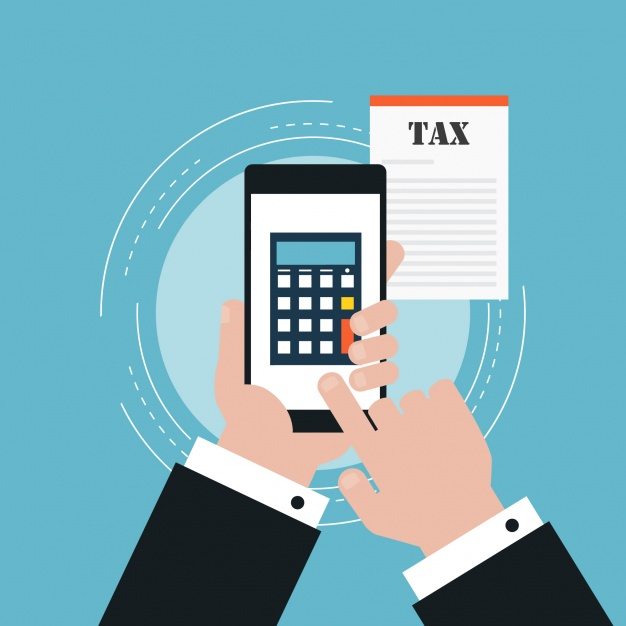One of the key provisions of the new HEALS Act is a second round of the Paycheck Protection Program (PPP) loans. On January 9, the Small Business Administration (SBA) released its application for businesses to apply to receive “PPP2” funding. There is more than $284 billion allocated for forgivable “PPP2” loans with a reduction in the amount available for each loan from $10 million (in the first round) to $2 million.
The good news is that it includes freelancers. Per The Wall Street Journal, the PPP2 loan application process will start this coming Wednesday to be launched initially from community-based lenders, followed soon after by other banks.
If you did not get a PPP loan in 2020, you can apply starting Monday for the initial PPP loan.
These loans are obtained from banks who act as agents for the Small Business Administration of the United States.
Here are some of the key things you need to know if you are considering applying for this round of PPP loans:
- Self-employed and members of partnerships and LLCs (active partners who pay self-employment tax on their income) are eligible.
- You can use 2019 or 2020 payroll numbers to substantiate your loan application. It may be better to use 2019 if higher.
- You can apply for 2.5 times your salary up to 100,000 per person and the owner of a business. This is the same rule as last time.
- The salary amount you can claim for industries with NACIS classification beginning with 72 (Accommodation and Food Services Sector Businesses ) is 3.5 times regular salary.
- Borrowers can set their PPP loan’s covered period to be any length between 8 and 24 weeks to best meet their business needs.
- You need to spend at least 60 percent of the loan on payroll in order to qualify for full loan forgiveness.
- If you have a business that did get PPP funding before and you have eligible expenses you may have another chance to get this funding, but only if you meet these criteria:
- The business employs no more than 300 employees per physical location;
- The business has used, or will use the full amount of its first PPP loan; and
- The business has experienced at least a 25% reduction in quarterly revenues in at least one quarter of 2020, as compared to the same quarter of 2019.
- If you spend the loan on qualified expenses it can be forgiven. The definition of qualified expenses as been expanded for both first and 2nd time borrowers. Previously you were able to use PPP funds forpayroll, rent, utilities, and mortgage payments. You can now also have your loan forgiven for software, cloud computing, and other human resources and accounting needs, property damage costs due to public disturbances that occurred during 2020 that are not covered by insurance, covered supplier costs for goods essential to operations, covered worker protection expenditures, and personal protective equipment (PPE).
- For loans of $150,000 or more, you need to prove the revenue decline prior to loan; for loans below $150,000, you will need to show this decline when you apply for forgiveness.
- If you borrow under $150,000, your loan can be forgiven using a simple 1 page form.
An important note: The Payroll Protection Program (PPP) loan forgiveness amount will not be considered taxable income at the federal level. This could be a significant tax saving for your business. However, there is not any change in the guidance for state and local tax treatment of PPP funds. Therefore, be sure to check with your own State and local tax authorities for additional information.
Paycheck Protection Program (PPP) loans as well as other provisions all of which can help your freelance business if your income has been negatively impacted by the pandemic. However, you should also be aware of how participating in these programs (now or if you accessed them previously) may impact your freelance taxes.


